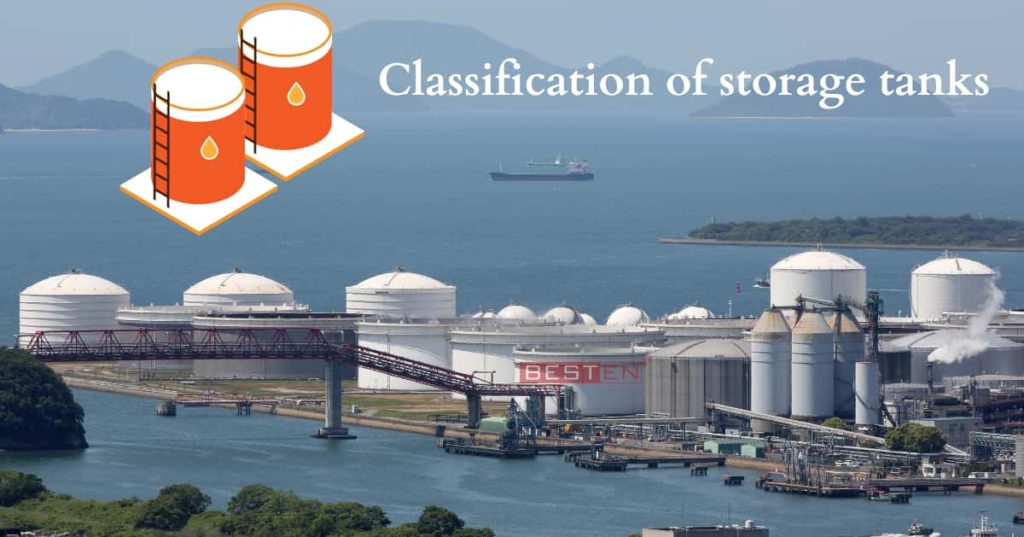Storage tanks are vessels or containers for storing liquids or compressed gases. These tanks also can provide pressure to the distributing system. Consultants for civil engineering design the storage tanks for storage or pressure, or both purposes and locate the tanks accordingly.
Storage tanks are typically cylindrical in shape and perpendicular to the ground. Additionally, the tanks can open top or closed top, flat or conical bottom, dish bottom or sloping bottom. Furthermore, the storage tanks can also be vertical or horizontal.
Classification of storage tanks
Storage tanks are classified as follows:
- Underground storage tanks: are commonly used for storing hazardous fluids.
- Aboveground storage tanks are popular as they are cost-effective, easy to instal and low maintenance.
Leaks are visible in aboveground tanks. Whereas in underground tanks, the leak can pollute the ground. Aboveground tanks are easier to maintain. However, underground tanks help in optimising space which the civil consultants can use the space for parking, landscaping etc.
Moreover, to avoid leaks due to structural failure, corrosion or spills and overfills, the consultants must design underground tanks adequately.
Storage tanks are also classified as follows:
- According to storage: Crude oil, diesel tanks, fuel oil tank, lubricating oil tank, edible oil tanks, fire water tank
- Classification according to shape: vertical and horizontal
- According to application: commercial storage tank and industrial storage tank.
- According to structure: spherical tank, fixed roof tank, floating roof tank.
- Classification based on capacity: Small storage tank )capacity less than 100 Cu.mtr) and large storage tank (more than 100 Cu.Mtr)
The storage tanks can be made of concrete, steel, masonry or fibreglass.
Uses of storage tanks
Storage tanks are used for storing water, potable water, water for fire protection, fluids, vapour, industrial liquids etc.
Main components of a storage tank
- Inlet and outlet
- Overflow pipe
- Drain
- Vent
- Level indicator
- Sump
- Manhole
To conclude, the consultants for civil engineering must know the size, location and purpose of the storage tanks. So they can design the storage tanks depending on the project’s requirements.












